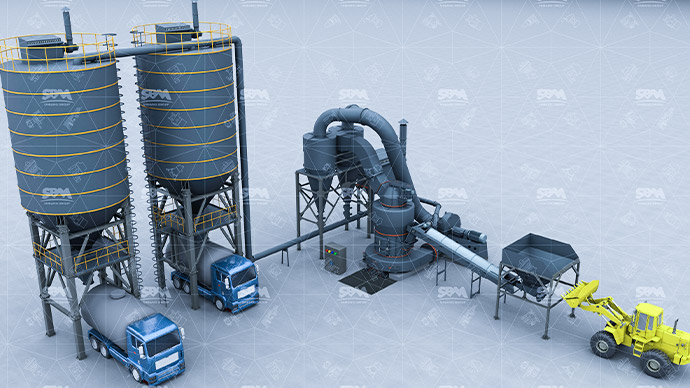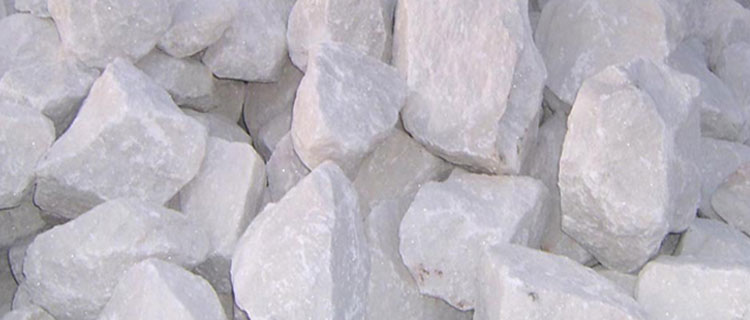Talc
Talc is a hydrothermal alteration mineral. Magnesium-rich minerals often become talc after hydrothermal alteration, so talc is often a mineral illusion such as olivine, pyroxene, hornblende, and tremolite. Talc is a common silicate mineral that is very soft and has a slippery feel. Ten minerals have been selected to represent 10 hardness levels, called Mohs hardness. Of the 10 levels, the first (ie the softest one) is talc. Soft talc can be used to replace white chalk. Talc is generally in the form of a block, a blade, a fiber or a radial, and the color is white, grayish white, and may be colored in various colors due to other impurities. There are many uses for talc, such as refractory materials, paper making, rubber fillers, pesticide absorbents, leather coatings, cosmetic materials and engraving materials.
Talc Grinding Solution

High-performance Equipment
To cater to specific material characteristics and meet customer requirements, SBM provides a range of grinding mills, including the MTM, MTW, LM, LUM, and SCM series.

Eco-friendly Production
To ensure environmentally friendly production, various measures are implemented, including the adoption of dust removers and sealing at each component.

Process Optimization
SBM's solutions are highly automated, characterized by the utilization of a centralized control platform. This allows for the monitoring and effective control of the entire production process, resulting in significant savings in labor costs.

After-sales Service
For each customer, a dedicated engineer is assigned to oversee their project, ensuring prompt resolution of any questions or issues that may arise. Additionally, our 24/7 online service is readily available to provide assistance at any time.
Talc Processing Plant

In the talc production process, in summary, the production of talc is mainly three steps of beneficiation, crushing and milling. The talc processing equipment required for different steps is different. Photoelectric selection is a four different methods of talc beneficiation. After the beneficiation, the quartz and carbonate minerals are separated from the talc by crater processing and crushing and alternating circular sieves, followed by talc. The powder mill started to work.
At present, China's talcum powder processing is mainly processed by dry processing. Based on the natural crushability and grindability of talc, the talc processing equipment used is mainly Raymond machine, mechanical impact mill and airflow mill. The main processing equipment for the production of 200 mesh, 325 mesh and 500-1250 mesh talc. The dry process of talcum powder is from the selection of talc to coarse crushing. After drying and crushing, fine grinding and ultra-fine grinding are carried out. If ultrafine grinding talcum powder grinding machine is used, it is produced. The talcum powder can reach a fineness of 500-5000 mesh.
Ultra-fine talcum powder is currently used in the world's ultra-fine powder products. The applicable industries include paper industry, plastics production, paint and paint production. However, with the continuous development of the plastics industry, talc is also used to produce plastics for the automotive industry and the home appliance industry. Therefore, the market demand for talcum powder is increasing, which has also promoted the continuous innovation of talc processing equipment. The higher the application level of talcum powder, the higher the equipment requirements for the talcum powder grinding machine, the more need for ultra-fine mill, high-pressure suspension roller mill this type of talc powder processing equipment, in order to make the output value of talcum powder reflect.
Get Solution & Price Right Now!
Leave your information below to get customized
solutions and free quote!










